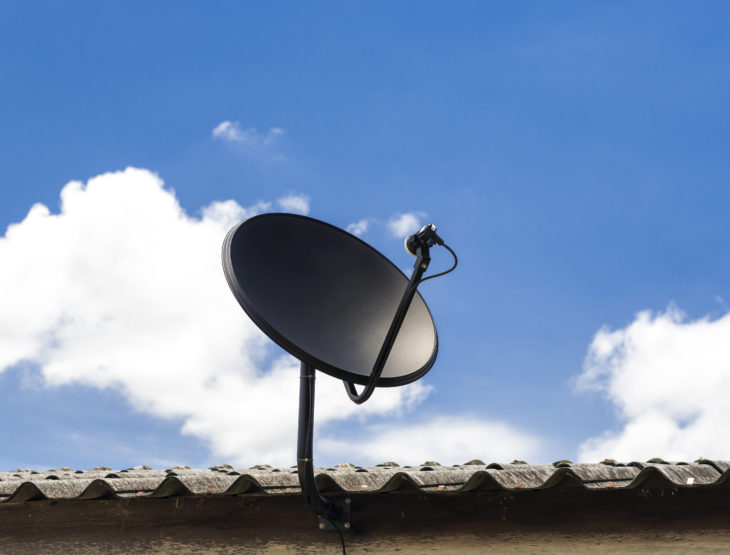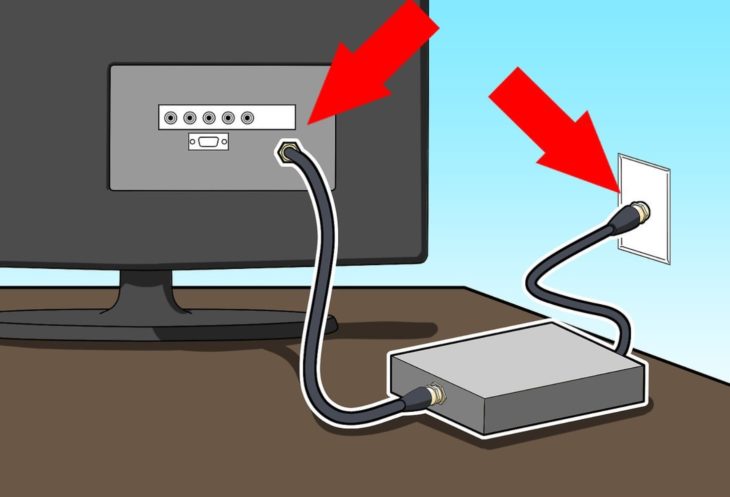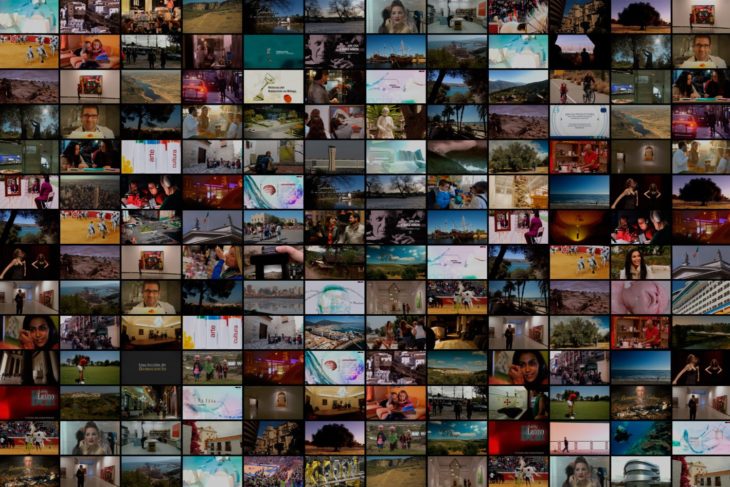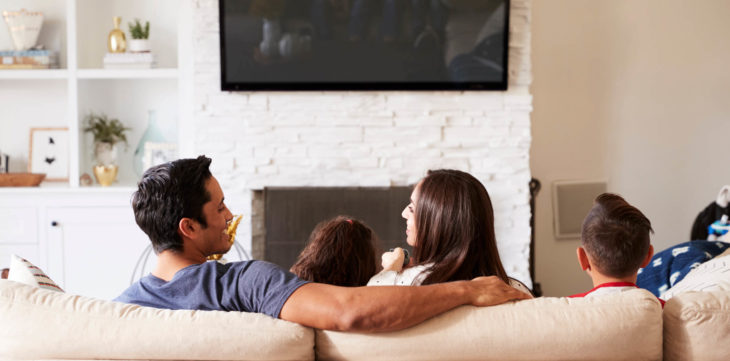Digital signal is already a standard in all developed countries of the world. The transition from analog, terrestrial signal to digital signal brought us more TV channels, better picture, and sound with no noise. Compared to analog television, the picture is sharper, in higher resolution, the colors are more vibrant – and the sound is cleaner and of better quality. In short, everything that has ever bothered the users of analog television is now gone with the use of digital TV.
Anything but the dilemma of what to choose in 2024 – satellite or cable TV? What are the characteristics of both these options and what are their advantages and disadvantages – we will reveal in this text.
Contents
TV Evolution
Many years have passed since 1927 when the first television set was successfully demonstrated to the public. We went through a phase of controversial novelty, to an attraction that drew the family, friends, and neighbors to the screen with a shaky picture and several hours of programming.
Then came the ‘television boom’ of commercial television as the devices crept into every home and grew to the size of projector screens – and then returned to cell phone-sized screens again – on cell phones. And guess what? We are more spoiled today than ever. We watch television via cable, satellite and the Internet. And what’s better to choose – cable or satellite TV? We will try to analyze the pros and cons of both options.

Source: EFTM
Cable And Satellite TV – Main Distinctions
Cable and satellite television vary in many ways. It is not just about how they communicate with our TVs. Climate is probably going to affect cable TV less than any other option. However, it is usually more expensive. Cable television is increasingly appropriate for leaseholders and individuals who would prefer not to focus on a drawn-out agreement. On the other hand, SAT-TV signals can be upset by poor weather conditions – yet are typically less expensive.
Regarding the accessibility of these two types of services – there are a few more contrasts as well. Digital TV is just accessible at places where suppliers are offering their administration – or where there is a developed infrastructure. This occasionally prohibits rural areas or some new suburban communities. In contrast to cable TV, satellite TV is accessible almost anyplace.
Installation of Cable TV
When it comes to the technical prerequisites that have to be met, we must emphasize that cable TV is far more complex. It involves installation by a professional – that is, an expert from the cable company you have selected as the provider. Several additional factors must be taken into account when assembling.
It must be verified that you meet the technical requirements that imply the distance of your home from the infrastructure cable network. Of course, you may already be using cable internet and perhaps now you want a TV as well. If you choose not to change the provider – then this is something you can do yourself.

Source: wikiHow
Establishment of SAT-TV
This type of TV needs the establishment of a satellite antenna. You will most likely place it on the rooftop. However, the unwritten principle is that the antenna ought to confront the south. This can turn into an issue especially if you’re living in a flat that is, in a building – where you have a common wall on the southern side. If you wish to install it yourself – it usually takes quite some time, claim experts from tayloraerial.co.uk.
As a rule, the gear should be returned after the service contract ends. However, sometimes companies will make an exemption in case it’s too hard to come to the reception antenna. Expenses and fees may regularly be arranged or sometimes disclaimed – particularly if the clients are under long-term contracts.
SAT And Cable Reception On TV
Cable TV hardly ever faces the loss of signal reception except the complete system breaks, has poor infrastructure, or cable lines are broken and disconnected on their route to your home. However, SAT-TV will provide you with crystal clear reception, but there mustn’t be any barriers between the antenna and the horizon. When we say barriers – we mean skyscrapers, tall buildings, trees, or anything that can affect good reception. If your SAT antenna is well-positioned – you can be sure you will have an excellent reception.

Source: Cedecom
TV Channel Availability
Very often both cable and SAT-TV companies offer almost the same set of TV programs. Still, the differences are quite noticeable – and here’s why. Specifically, what you get in a basic SAT-TV package is usually considered as a Premium package offered by most cable operators. It is this item that is crucial because it makes satellite television far more attractive in terms of price/quality ratio.
Cable TV channel offerings often involve programs from smaller local TV stations that you will not find on satellite. If your wish is to have a richer and more diverse offer – then SAT-TV is what you need because besides all the channels you have in your cable offer – satellite offers a certain number of international TV channels that you will not find with the cable providers.
User Packages
Cable TV companies mostly merge services such as the Internet, telephone, as well as TV, although some SAT-TV companies are also offering such packages. Generally, if you opt for packages you will find them to be more affordable. Each separate service would probably cost you much more. Therefore, most people usually choose packages.

Source: Reviews.org
Contractual Obligations
Most cable TV providers will offer you monthly contracts – allowing you to cancel or upgrade your service at any moment. SAT-TV companies usually offer agreements for up to one year, with many options on offer. Certainly, concerning the technical prerequisites, interest in TV channels and the budget – you will decide on the option that suits you best. Make sure to keep in mind all the parameters – so you do not get into the situation of making a contract that you will have to cancel later.
You are entitled to such a thing, but in case of a contractual obligation being shortened, many companies will require you to pay penalties.
